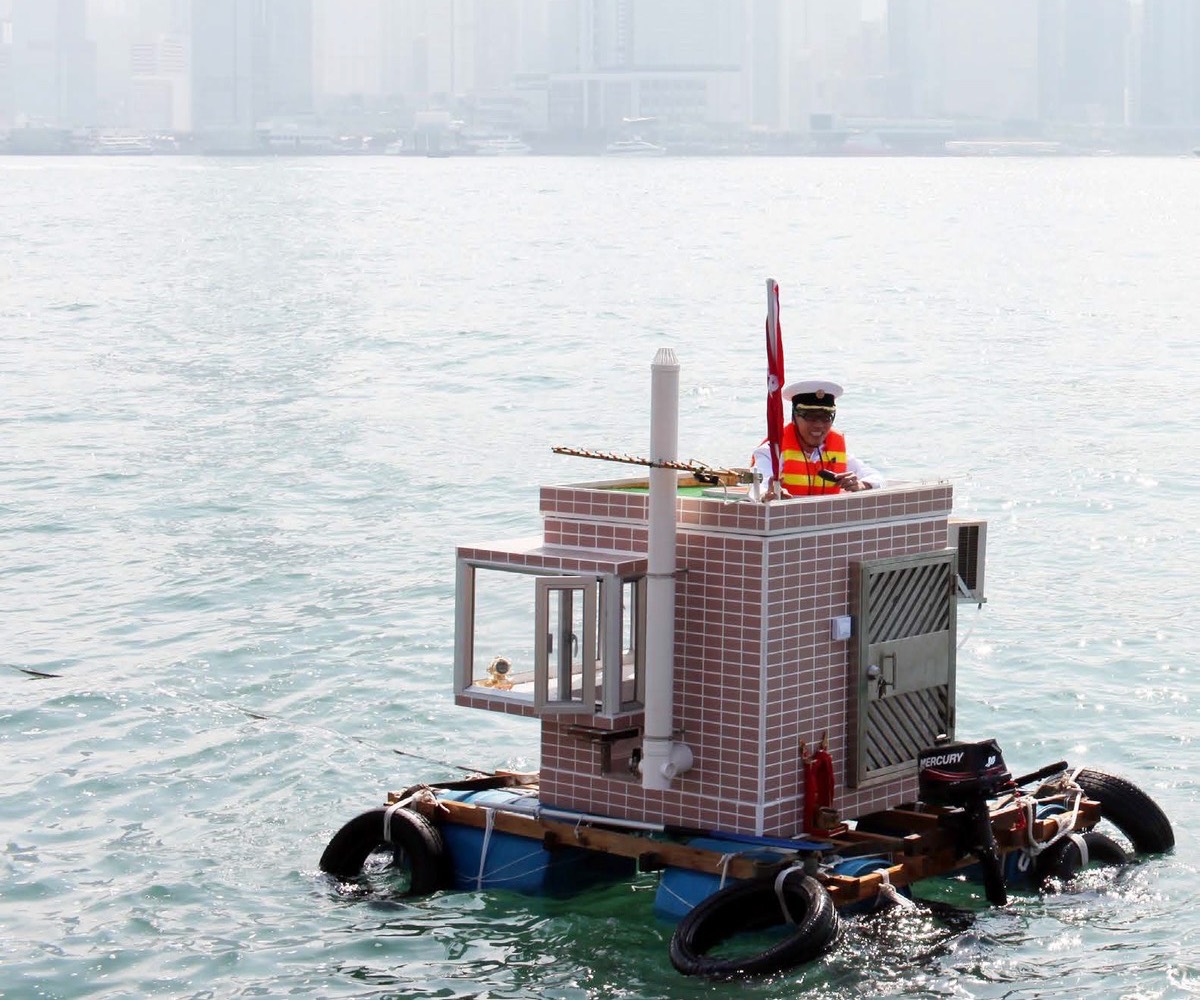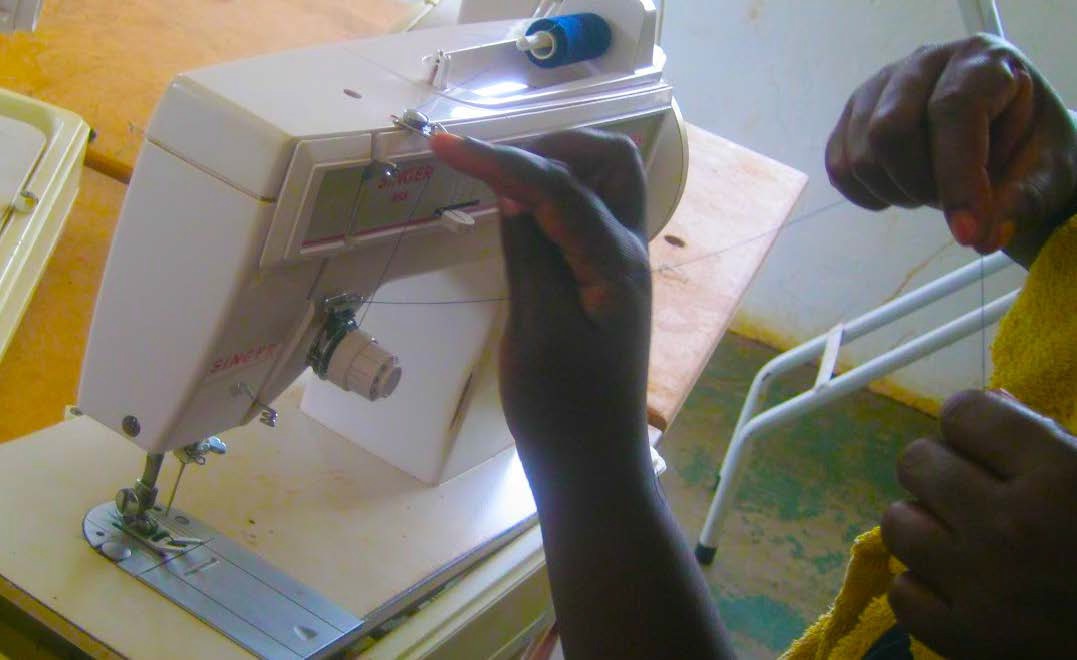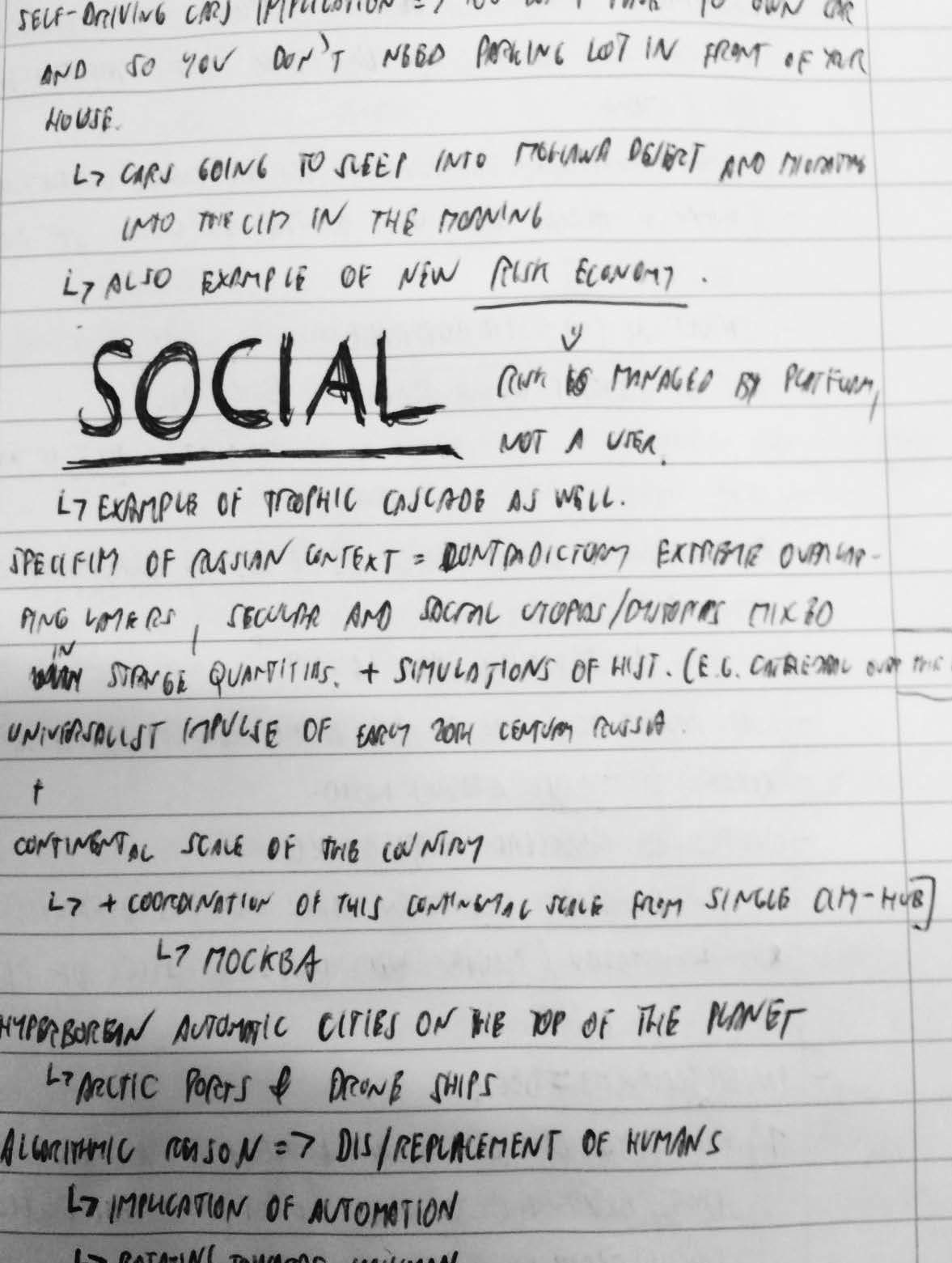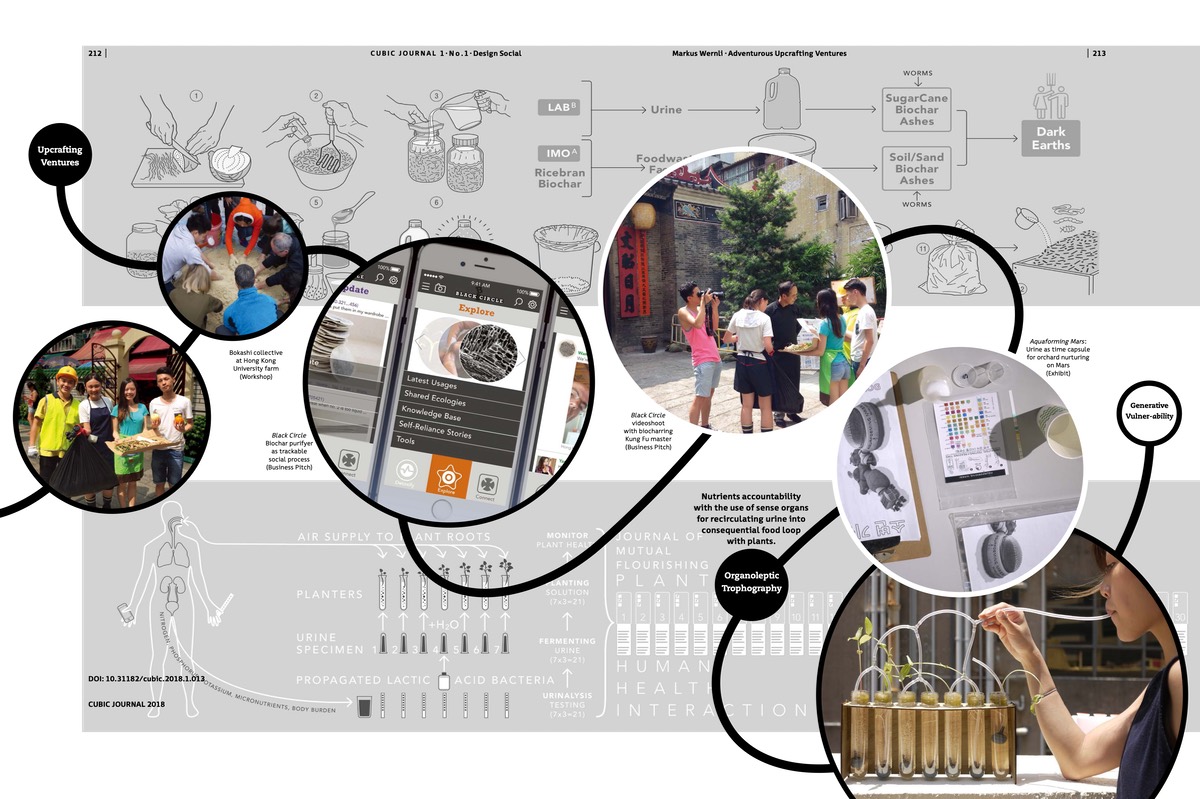
Issue Editors: Peter Hasdell & Gerhard Bruyns
ISBN: 978-94-92852-05-2
Introduction
-
The emergence of social media and the networked society, as exemplified by The Internet of Things (IoT) (Ashton 1999), generates enormous potential that repositions design as a means to synthesise emerging social complexities into new constellations. One of the ways design in this context becomes reconfigured is as the dynamic interconnections of people, practices, and artefacts. The propinquity of this lineage leads to relational rather than objectified forms of design. Such approaches tend to be process-driven rather than outcome-based, and activate design’s potential within both...
Articles
-
Starting from a faculty wide discussion on teaching architecture and urbanism in the nineties at the TU Delft, Faculty of Architecture, I develop a brief historical overview of more recent planning and mapping techniques. During the many meetings at the faculty, discussions swept from ‘architectural’ approaches, to ‘computational’, to ‘urban’, and ‘scientific’. Although more professional experts were involved, coming from Maastricht University where new teaching models were introduced earlier on, the meetings never ended in a consensus on how to teach urbanism. What seemed to be lacking...
-
Arts and visual participatory methods can be effective tools to facilitate the experience of rural design actors involved in a co-design process that could be seen as contributions to the emerging praxis called “Design Social.” We identify the inclusion of visual processes to co-design and comanufacture Venda-fusion products with members of a South African rural-based sewing group called Zwonaka Sewing Co-operative. The co-design process involved a set of iterations that used visual modes such as Photovoice, painting, photographs, collaging and appliqué to create and market these...
-
How and in what manner has the social been instrumental in formulating planning policies, and does Hong Kong ascribe to any social concept that facilitates its current spatial planning framework? The legacy of the social in planning originally came to fruition within the Chicago School of Social Sciences during the early 1920s. Since then, the understanding of the social and how planning responds to the social has been wide and varied. This paper examines the social’s application in spatial notions in addition to its context within Hong Kong. At its core this argument outlines the...
-
This photo essay comments on the influence of artactivism in the process of the ‘social’. Moving away from the conventionality of social approach to betterment, the approach follows an artistic take, amalgamating new forms of media with the processes of design and art.
-
This pictorial essay reflects on a unique category of architectural drawing that depicts spaces that cannot physically exist. It suggests that this specific mode of drawing plays a significant role in the production of meaning in social space through depicting ephemeral characteristics of our social relations. This argument is discussed in relation to Michel Foucault’s theoretical allegory of the heterotopic mirror, and illustrated through accompanying images of the drawing project The Virtual Relations (2009). This project used the methodology of “drawing the impossible” with Henri...
-
The main focus of this paper is to examine the analysis offered of the Temple of Zeus at Olympia by Max Raphael in his study dedicated to the remains of the temple. The temple of Zeus at Olympia is often cited as the canonical example of Doric temple architecture and Raphael examines how a particular design can have such far ranging influence, to which end he elucidates the relationship of design to the activity of a participatory and democratic process specific to the Greek polis. By bringing to bear a highly dialectical analysis of the various forces at play in both construction and...
-
Social, historical and architectural research on urbanization processes in the Global South have increasingly valorized the contributions of an “urban majority” — a heuristic composite of working poor, working and lower middle class residents — to the formation of intricate repertoires of built forms, economic practices, infrastructures of affect, and collective sensibilities. Despite oscillating registers of structural violence, colonial residue, geopolitical instability, and systematic dispossession, metropolitan landscapes of the South are replete with an incessantly recalibrated...
-
Visual Soliloquy contributes to the discussion of how graphic and information design contributes to social through design. In linking the work to notions as self-branding, micro celebrities and self-branding in defining social value for individuals. The use of the soliloquy concept is aligned with both the anti-social undertaking and social endeavor of design as praxis within the field of communication design. As evidence, the concept is supported through examples of design work and their material explorations.
-
Does the social turn in design enable transformative change in design and society? Or is it incremental change, where design confirms existing social systems with little impact? Many claims for design social have been made, often underpinned by the altruism of doing good and social engagement. The recent popularity of social design, design activism, service design, co-design, and commoning, show design as conjoined to other disciplines, but to what end? What role does design play within dialogical pairings? Does the socialising of design diffuse the agency of design to the social...
-
The ethics of designing has often been organised according to moral imperatives, and social design not only aligns with such moralities, but perpetuates them without providing a clear critique of the systems to which they adhere. To rid itself of such reactive ideologies, and so to create other conditions for the possibility of its creativity, social design might occupy itself with a different account of ethics altogether. This paper will seek to elucidate such a different ethics along the lines Baruch Spinoza proposed and Gilles Deleuze championed. That is, it will therefore call for an...
-
This article investigates existing digital games that are developed and used in Hong Kong to serve the local community and tackle various educational, social, and environmental issues. An online review and interviews of experts in the field found that 517 games were used and developed in Hong Kong. The games are mostly available online for free use. In this article, a categorisation of fourteen domains is proposed based on the games' general themes and learning goals. This article discusses some examples of the games in the review, and explores the existing potential of serious games as...
-
This paper presents the idea of multispecies diplomacy on the background of unstable and violent political geographies of the Anthropocene. The idea is first defined in terms of associated notions of sympoiesis and habilitation. After the preliminary arrangement of the conceptual framework of the paper, the possibilities of multispecies diplomacy are assessed in relation to current militarisation of environment, that prevents any diplomatic solution of climate change and leads to increased environmental injustices worldwide. This is illustrated with an example of conflict in the Negev...
Abstract
-
Since 2015, the Research Institute of Organic Treasures (R.I.O.T.) has combined fermentation practices and social experimentation in Hong Kong to give biological byproducts from human and urban metabolisms a regenerative purpose. Here putrescible wastes emitted from our kitchens, toilets, and bodies are considered our most foundational design material that contributes to a “world of eaters” (DuPuis 2015). In this applied design work, the concept of upcycling is socio-materially extended into shared forms of upskilling, and therefore referred to as upcrafting. In an effort to combine...










